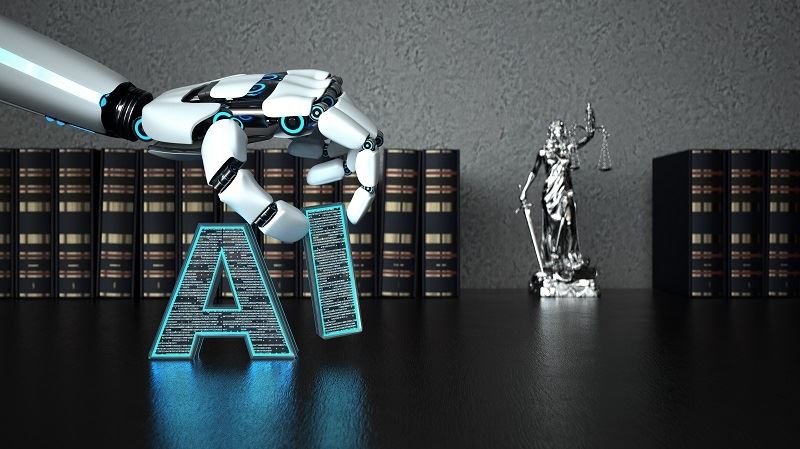
Generative AI, which is the group of AI systems capable of creating content (text, images, videos, music, and code), represents a huge leap forward in Artificial Intelligence. Unlike previous versions of AI that depended on predefined rules and explicit programming, Generative AI finds patterns in existing data (structured and unstructured) to provide human-like output.
While giving every person the ability to write poetry like Alfred Lord Tennyson is fun and amazing, Generative AI has the potential to be a game changer for companies. In a recent report, McKinsey estimates that Generative AI could add up to $4.4 trillion annually to the global economy. If you’re not considering Generative AI solutions for your business, you should be. It’s a game changer for economic growth and innovation.
Let’s examine some of the more common starting points in organizations where Generative AI can perform the mundane, repeatable tasks of your employees, freeing them to focus on strategic activities that create value:
Sales & Marketing: Generative AI can write marketing and sales copy, including technical product documentation, social media content, and user guides. In addition, Generative AI-infused chat bots can help potential customers understand details of products, while also assisting sales teams with recommendations on next best customer interactions that are meant to drive additional revenue, and create loyalty and stickiness.
Operations: Identifying phrases and terms of interest in haystacks of documents either for proposal generation or legal questions in company or public information sources; identifying production defects and errors from images; and improving customer service productivity by streamlining backend processes are all areas where Generative AI can help you in Operations.
Risk: Generative AI can scan large silos of regulatory documents and tell you in plain language what is new or has changed. AI can now create or review contracts and patent applications for accuracy.
Software & Data Engineering: Generative AI can help you modernize applications by converting old code from one language into a newer one, such as Python. The technology can also generate synthetic data that can be used to better train other AI models. Finally, Generative AI can automatically create or populate data tables while offering contextual information.
The technology is still not perfect, as the output can be affected by biased data, and Generative AI models have been known to “hallucinate” and provide made up information. Still, it is estimated that Generative AI can automate at least 60% of the work activities employees spend their time on every day.
For companies contemplating the adoption of Generative AI, executives should aim to quickly pinpoint the aspects of their business where the technology can deliver the most immediate benefits. After forming a cross-functional team that includes (at a minimum) business leaders, data science team members, and enterprise risk specialists, they should also establish a monitoring system to adapt to the technology’s anticipated rapid evolution.
Business partners with expertise in AI applications, such as us here at LRS, can help you implement Generative AI and create a strategic AI roadmap for your business. In the area of Generative AI, LRS offers a powerful family of cognitive agents that are integrated with ChatGPT. Based on industry or use case, they provide exceptional customer and employee experiences, and manage intelligent business processes.
Interested in learning more about how LRS can help you change your business with Generative AI? Just contact us to request a meeting.
About the Author
Steve Cavolick is a Senior Solution Architect with LRS IT Solutions. With over 20 years of experience in enterprise business analytics and information management, Steve is 100% focused on helping customers find value in their data to drive better business outcomes. Using technologies from best-of-breed vendors, he has created solutions for the retail, telco, manufacturing, distribution, financial services, gaming, and insurance industries.